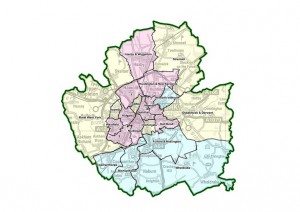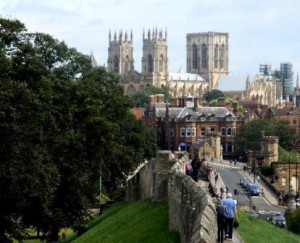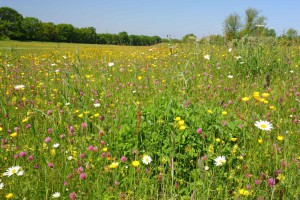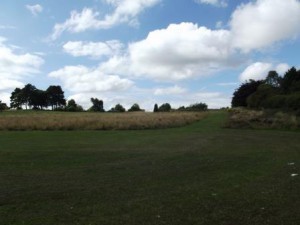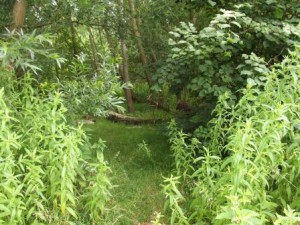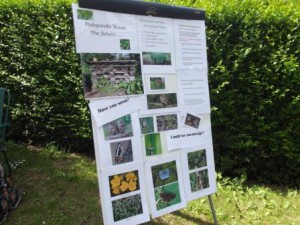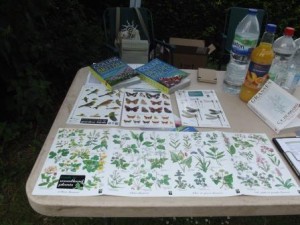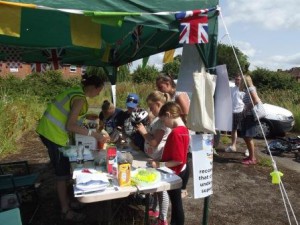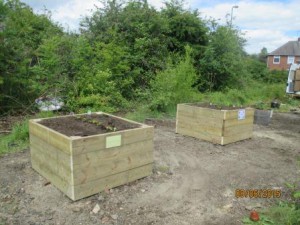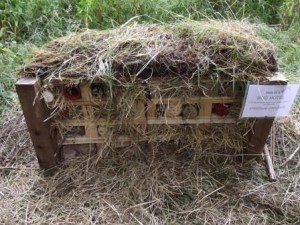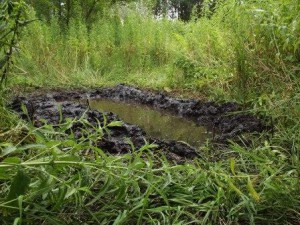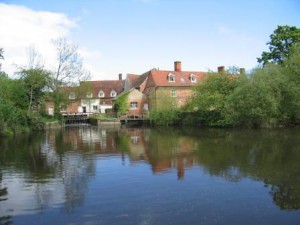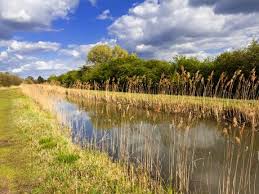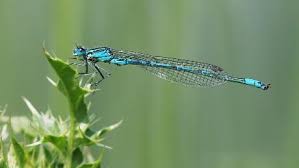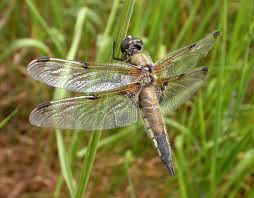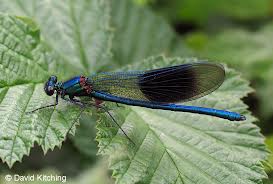
Hi all…..it has been sometime since I posted an update from beautiful York!
I have been completely immersed in getting my project off the ground and time has simply flown past, suddenly we are half way through and I haven’t reported in; feel like I have just come up for air!
Community Consultation Exercise
My first six months has been spent learning about the green infrastructure of the City of York; I have been discovering that York is fantastically well served with diverse and beautiful green spaces of all shapes, sizes and habitat types.
I have been assessing the ecosystem services these green spaces deliver to York and its residents, and been gathering information on what the people of York value about their green spaces and how they feel about working together to shape the future of local sites.
One of the reasons for this exercise was to inform the development of site management plans, which should incorporate a record of what is there and its current condition, how the site can be protected and enhanced, and how we can establish a situation where local people are both caring for the site and the site is caring for them, by contributing to their wellbeing.
In order to be able to build a sound and truly reflective bank of knowledge, it was important to complete this stage thoroughly, as it would not only form the bedrock of this project but it would act as a record upon which future management decisions could be made.
With time so limited it was necessary to select six or eight key sites. It was decided to select those sites about which least was known and most could be gained by having a future management plan. It was essential that local people had helped to shape that plan and therefore could feel commitment to it in the future.
The green spaces selected included wet woodland, fen habitat, sandy grassland over limestone, an overgrown area with potential for transformation into a community orchard and garden, an ancient orchard and a green park incorporating a play area; as you can see, a diverse set…..and all sites are in residential areas within the City of York!
In addition to getting to know the sites and dropping in on existing community groups, such as dementia cafes, mother and toddlers meetings & local church coffee mornings I designed, compiled and distributed a paper questionnaire and an online survey. In the case of the questionnaire that meant hand delivering 750 copies through letterboxes!
All the way through this stage I had not been sure that I would get the feedback (or any feedback for that matter!), which I so badly needed in order to make any future work valid. However I was amazed and relieved when the responses started to flood in!
I say flood, I had over 200 responses and in terms of getting people to complete and return a questionnaire, I understand that is a flood!
The paper questionnaire was so much more successful than the on line survey (surveymonkey); I imagined it might be the other way around. I think the real reason it was more successful was because it was possible to target the paper questionnaire at those who lived very close to the sites and who were most likely to use the area, and equally important, most likely to be impacted by what went on there!
Community Information day
Following on from analysis of the results, I have been running some community information days.
The thinking behind the community info days was to give people an opportunity to chat about the results and introduce the idea of getting together to form a ‘Friends of’ group to help deliver those things that people said they most wanted to see happening on the site and to help to minimise those factors which were barriers to peoples enjoyment of the site, in each case. We also put on some activities for children including hugely popular Bee Peg making (Thanks to Stephen Collins of People’s Health Trust for ideas and instruction on Bee Peg making!)
I included in these days a guided wander around the site to point out what was there that was of special interest or how changes could be made to make the site more attractive to other wildlife, such as dragonflies or pollinators
It was then time to start delivering some practical task days at these sites.
The first step in the transformation of the overgrown area into a community orchard & garden, was the building of some veg boxes…..
In the dry woodland we have built a bug hotel……….complete with living roof!
and in a clearing in the wet woodland, we have created scrapes for Dragonflies
Lots of people at the different sites have said that they want to get more involved. I need now to translate that interest into the formation of ‘Friends of’ groups so that biodiversity enhancement plans can be drawn up and funding applications made for the all important financial means to deliver them!
Courses
In amongst all this community engagement I have completed some really brilliant courses with the Fields Studies Council (FSC).
I have been on two residential courses in the beautiful setting of Flatford Mill in Suffolk.
The sun shone and the tutor was super expert, both in the practice, and theory of Phase 1 habitat surveying. The same tutor proved equally expert in grass identification and again the sun shone that whole weekend! We got seriously good value for our money as we started each day at 9am and went on with sessions into the evening, finishing after 9pm!
I also attended both day and residential courses at Preston Montford and found exactly the same standard and value on offer there! I have refreshed my botany and wildflower ident. skills and have completed a short course in QGIS. I am now looking forward to really cementing my skills in digital mapping & biological recording with a three day course in August.
I cannot recommend the FSC highly enough, hope others of you who have attended courses with FSC have had similar experiences!
Wicken Fen provided another idyllic setting for a course, this time on Dragonflies, run by the British Dragonfly Society.
This wonderfully managed wetland site (National Trust) is teeming with damselflies and dragonflies. The weather was scorchingly hot, which was ideal from the point of view of dragonfly activity, however, it could have meant that they were too active, making it impossible to ident! I was really pleased to hear right at the start, that the tutor did not support the idea of trapping or netting, as the smallest alteration in their body or wing structure could alter the fine balance of these spectacular aviators.
However after a morning in the classroom, we had learnt about the tricks and tips that allow the identification of dragonflies in the half second that they might be still! We learnt to consider the time of year and geographical location, to make a quick assessment of where and how they were flying and then some key characteristics of each, which could be quickly homed in on when they were still. And it worked, I managed to see and identify 12 different species! It was a wonderful, magical day, I have always been mesmerised by the fleeting glimpse of a dragonflies but now I am seriously hooked!
I have also been brushing up on my butterfly knowledge and have completed 8 butterfly counts in different environments since the BIG Count started …over 100 reported!
Press
Thanks to the communications team at the City of York Council, I have featured in the local press and been invited to write articles for the local paper, a blog for the Council magazine and short piece for the ward newsletters.
I was amazed at how many people not only read the various articles and blogs but then contacted me to suggest, for example, places where wildflowers could be planted, or tell me about a special site they passed on their walk to and from work through York.
A few commented that I had such a brilliant job….I can only agree!
